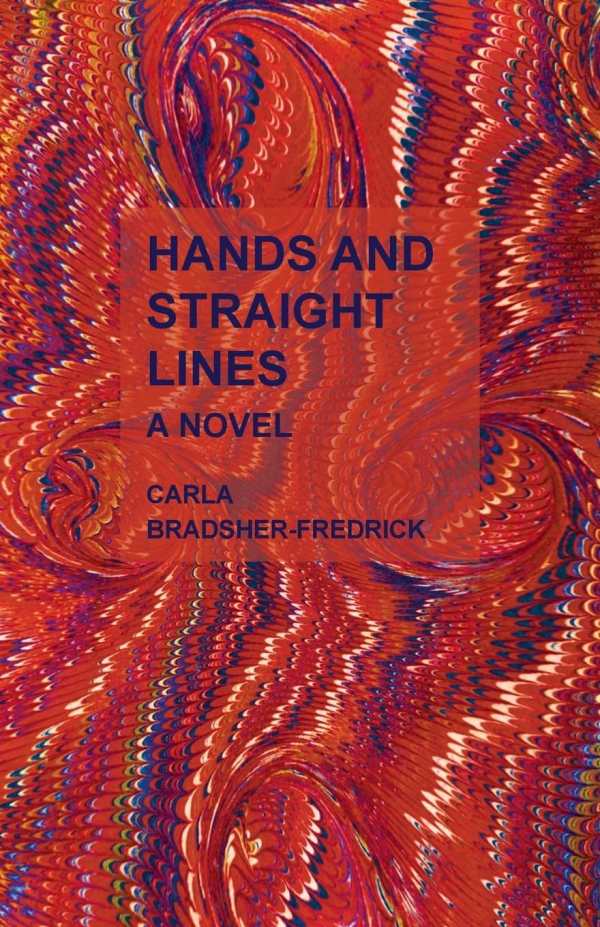Hands and Straight Lines
Reveling in the moments that make up a life, Hands and Straight Lines is an art-infused, introspective novel.
An artist finds his place in the world in Carla Bradsher-Fredrick’s contemplative coming-of-age novel Hands and Straight Lines.
Edward is an introspective and inquisitive child. What he lacks in verbal expression, he makes up for with a rich interior life. He is content to be left alone with his thoughts, paints, and pencils; he finds that drawing curved shapes is calming, flexible, and free from expectations, while straight lines present more difficulties for him, representing rigidity and control.
As Edward gets older, he struggles to balance his artistic outlets with the expectations of his family members, with whom he has trouble communicating: his mother requires precise language, for example, as when—in an exchange about the color vert Veronese—she refuses to answer etymological questions before understanding the nature of Edward’s ultimate inquiry. And Edward’s father wants him to be more active and masculine too. But an inheritance set aside for his education allows Edward to attend a graduate program in the fine arts nonetheless. He begins a relationship with an older man.
Throughout, Edward’s eloquent observations about people, places, and objects are shared. They’re an avenue for him to reflect and strengthen his sense of self. The prose is exacting, too, lingering on lessons about the merits of language that extend to Edward’s internal monologue, which is variously obscure and illuminating. He proves to be enamored of the real properties and philosophical essence of straight lines and curved shapes; his at first abstract thoughts come into better focus as the book continues.
The representation of straight lines and curves as indicative of control and freedom permeates the book. Related notions manifest in Edward’s observations about himself, his surroundings, and his relationships. But this leads to meandering, with the book devoting paragraphs to simple objects, including silverware, watch chains, and artificial flowers. There are vigorous reflections on the natures of such tactile items and on Edward’s perceptions of the ways that those objects relate to his own worldview. Still, the result is a deep, observant character study that showcases Edward’s sensitive nature: he is the curved shape that others are attempting mold into a straight line, “to work [him] into some blunt, tough, practical sense about life.”
In the end, the book highlights the grand and inconsequential turning points that Edward returns to as he grows into himself: “Things happened. Things kept happening as if inexorably, one after another.” He works through his feelings of guilt about his homosexuality and fear of physical intimacy, the latter of which begins to dissipate when he meets Lawrence. A sweet age-gap romance enters into the book’s introspective spaces, shifting the narrative from detached and dispassionate to engaged and warm.
Hands and Straight Lines is a reflective novel that finds meaning and connection in small details.
Reviewed by
Dontaná McPherson-Joseph
Disclosure: This article is not an endorsement, but a review. The publisher of this book provided free copies of the book and paid a small fee to have their book reviewed by a professional reviewer. Foreword Reviews and Clarion Reviews make no guarantee that the publisher will receive a positive review. Foreword Magazine, Inc. is disclosing this in accordance with the Federal Trade Commission’s 16 CFR, Part 255.

